News
It’s 2017. Where are the Queer Horror Characters?
Pride Month is here again. This year we celebrate two years since the Supreme Court decision for marriage equality. We celebrate increased visibility in both television and film for LGBTQ characters and issues. We still have a long way to go with a Vice President who believes in conversion therapy and a President who pretends we don’t exist at all unless he can use us in some way, but we have been making steps.
And yet…
As a gay man who is an avid horror fan, I cannot help but notice that another year has come and gone without a single queer character in a mainstream horror film. Not one, and before you jump on my case, think about it. I’m not talking about subtext. I’m not talking about moments that hint at the possibility that a character might be in some way perceived as a member of the LGBTQ community. I’m talking about an LGBTQ character written and performed that way.
Until recently, I could not put my finger exactly on a why it was that we were constantly omitted. We’re certainly included in indie films all the time. In fact, there are a host of independent films that have not only featured queer characters in the last year, but entire films have been built around them, but the problem is that most don’t have the resources or reach for widespread audiences.
How many of you have seen Dominic Haxton’s short film “Tonight It’s You”? The 2016 short film centers around C.J. who goes out late one night for a hookup and finds himself in the center of an exorcism gone horribly wrong. How many have seen Pitchfork which centers around a young gay man going home to seal the deal on coming out to his family, only to find them murdered and he and his friends tracked by a feral killer with a pitchfork for a hand?
There are exceptions to this, of course. One has to applaud The Taking of Deborah Logan from 2014 for not only including a lesbian character in their film, but also for making her the most real lesbian I’ve ever seen in a horror film. She wasn’t there to titillate the young male demographic by running around half naked and making passes at the other female characters. Rather, she was a fully developed female character dealing with horrific circumstances who just happened to be a lesbian. Deborah Logan exploded due to word of mouth about the excellent film and reached a much wider audience than the filmmakers ever expected.

Anne Ramsay and Jill Larson in The Taking of Deborah Logan
Many of these filmmakers never see this kind of following, and yet they continue to work, creating new queer characters for audiences to sink their teeth into, and we clamor for them even when they aren’t the best films because we are starved for representation.
But let’s get back to the issue at hand. What’s keeping queer characters out of mainstream horror films? Are we simply not being written into the scripts or are studio heads and producers stepping in to make changes? And why does it matter anyway?
OK, let’s break this down:
Are queer characters not being written into scripts or are our orientations being straightened to make the squeamish suits in charge more comfortable?
I had the great pleasure of speaking with a noted Hollywood screenwriter recently and we found ourselves on this particular subject. He mentioned that in every single one of his scripts, he always includes one or two queer characters. He lamented that most of the time those characters’ orientations were changed and for two reasons.
- The actor cast in the role isn’t comfortable playing gay or his representation doesn’t want him to be typecast early in his career. I say bullshit to this. If an actor isn’t comfortable playing gay, he shouldn’t have auditioned for the part. There are so many queer actors out there and I know there has to be one of them who’d jump at the chance to take the role. If you’re a straight male who can’t play gay because you’re afraid of what people will say or you don’t think you can handle it, bow out gracefully or, better yet, don’t audition for the role in the first place in the hopes that it will change later.
- The producers get squeamish. The writer I spoke to said he’s never had a problem with a director wanting to change the orientation of his characters, and it certainly isn’t from the camera operators and various other crew. No, his problems have almost always come from the producers. Producers who “worry they will lose some of their audience” if they have a main character who’s gay. Producers who worry they won’t be able to sell a film in certain areas of the country/world because a character is gay. I mean, according to the religious right we’re responsible for earthquakes, train wrecks, and various other disasters, so I suppose it’s not that far-fetched that a movie might lose a few bucks. My question to them, however, is if they’ve crunched the numbers on how much money they’d make from the LGBTQ community if they DID keep those characters as they were written.
Why does it matter anyway?

Denis O’Hare as Liz Taylor in American Horror Story
To be completely frank, because it does. The target audience for horror films according to SlideShare.com is lower to middle class white males aged 15-25. It might or might not surprise you to find that there is a significant overlap of the demographics with those groups listed by the Human Rights Coalition as most likely to commit hate crimes against the queer community.
Now, imagine if we could normalize queer characters for this particular demographic. Imagine if they saw, more regularly, characters in horror films who were, in fact, LGBTQ. That’s not the most important thing about them. That’s not the thing that stands out most about them. They just happen to be queer and dealing with the same slasher/threat as everyone else in the film.
Also, those young queer horror fans, like everyone else, look for themselves in film. You’d be surprised just how much it means to a young queer kid to see someone like them on film and to know that they aren’t alone in this world. Why do you think “American Horror Story” continues to do so well in the ratings with young queer audiences? Ryan Murphy, because he is gay himself, continues to write queer characters for the show each season. You’d be surprised how much seeing themselves on film can mean the difference between life and death.
And finally, what’s the answer?

Mark Patton and Robert Rusler in A Nightmare on Elm Street 2
Well, for starters, that isn’t clear cut. Yes, we want representation in horror, but much like minority actors up for an Oscar, we don’t want it to feel like a consolation prize or that it was given to us just to shut us up. However, I do feel like compromises from both sides will have to be made before all of this is said and done.
For one thing, we must be willing to accept being stereotyped to at least some degree, especially in the beginning. Everyone in a horror movie is a stereotype of some kind. From the dumb blonde to the horny jock to wimpy nerd with a heart of gold to the final girl, the genre is based on these tropes. That’s the entire reason Cabin in the Woods exists. It is an indignity, but one that must be suffered through if we are to gain footing. After all, for every Laurie Strode who turns and fights, there are a hundred Lyndas and Annies who are served up on the chopping block.
Likewise, producers, writers, etc. have to meet us halfway. We promise if you write us into your films and show us through the same lens as everyone else, we will show up. We will watch and we will bring our friends with us.
We cannot accept tokenism outright, however. Being the token queer can be almost as harmful as not being represented at all. Horror blogger Wendy N. Wagner says this on tokenism:
“What makes it so frustrating when bad things happen to queer characters is that it’s usually that the queer couple—or the one queer character—that’s it, they’re the only queers on the screen, and they’re sort of like the token. And any time you have a situation where someone is the token, they’re kind of like the stand-in for every queer person who’s watching the movie. … [But] when you have a whole bunch of queer characters and bad things are happening, it’s just like, well, horror sucks. … If you have a lot of great queer characters in your story, it doesn’t really matter if one of them gets their head chopped off and Cthulhu sucks out their blood, because that’s just going to happen to everybody.”
For those who have read this far and are wondering what the solution is, I’m afraid there is no clear answer other than queer horror fans everywhere want and in some instances need to see themselves onscreen.
I do know this: In 20 years, we don’t want A Nightmare on Elm Street 2 and Hellbent to still be the only films that immediately spring to mind when we’re talking about queer horror films. We are more than these two films and we demand more from horror filmmakers.
'Civil War' Review: Is It Worth Watching?
Follow our new YouTube channel "Mysteries and Movies" here.

News
Watch ‘The Burning’ At The Location Where It Was Filmed
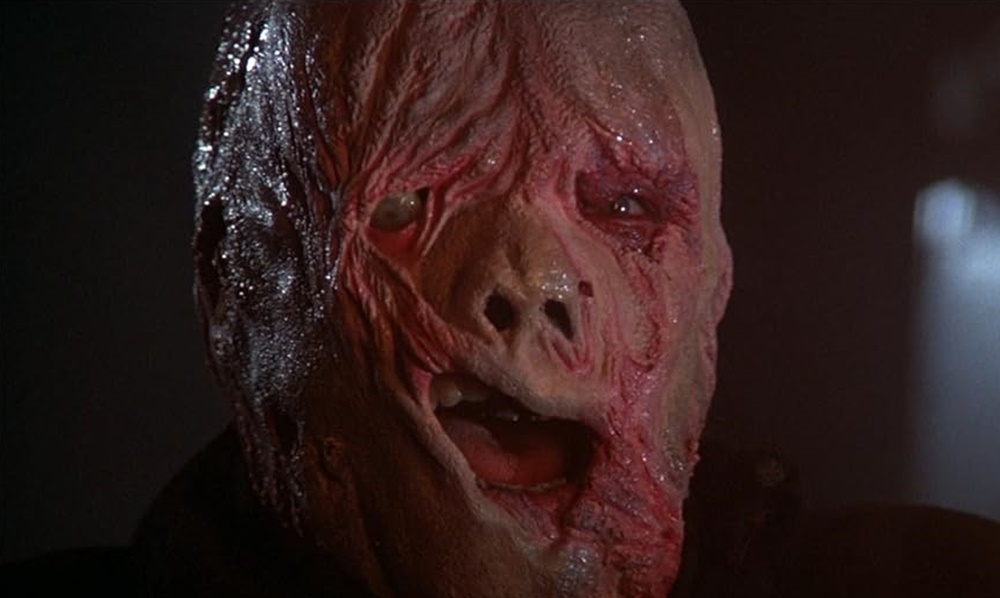
Fangoria is reporting that fans of the 1981 slasher The Burning will be able to have a screening of the film at the location where it was filmed. The movie is set at Camp Blackfoot which is actually the Stonehaven Nature Preserve in Ransomville, New York.
This ticketed event will take place on August 3. Guests will be able to take a tour of the grounds as well as enjoy some campfire snacks along with the screening of The Burning.
The film came out in the early ’80s when teen slashers were being churned out in magnum force. Thanks to Sean S. Cunningham’s Friday the 13th, filmmakers wanted to get in on the low-budget, high-profit movie market and a casket load of these types of films were produced, some better than others.
The Burning is one of the good ones, mostly because of the special effects from Tom Savini who had just come off of his groundbreaking work on Dawn of the Dead and Friday the 13th. He declined to do the sequel because of its illogical premise and instead signed on to do this movie. Also, a young Jason Alexander who would later go on to play George in Seinfeld is a featured player.
Because of its practical gore, The Burning had to be heavily edited before it received an R-rating. The MPAA was under the thumb of protest groups and political bigwigs to censor violent films at the time because slashers were just so graphic and detailed in their gore.
Tickets are $50, and if you want a special t-shirt, that will cost you another $25, You can get all the information by visiting the On Set Cinema webpage.
'Civil War' Review: Is It Worth Watching?
Follow our new YouTube channel "Mysteries and Movies" here.
Movies
‘Longlegs’ Creepy “Part 2” Teaser Appears on Instagram
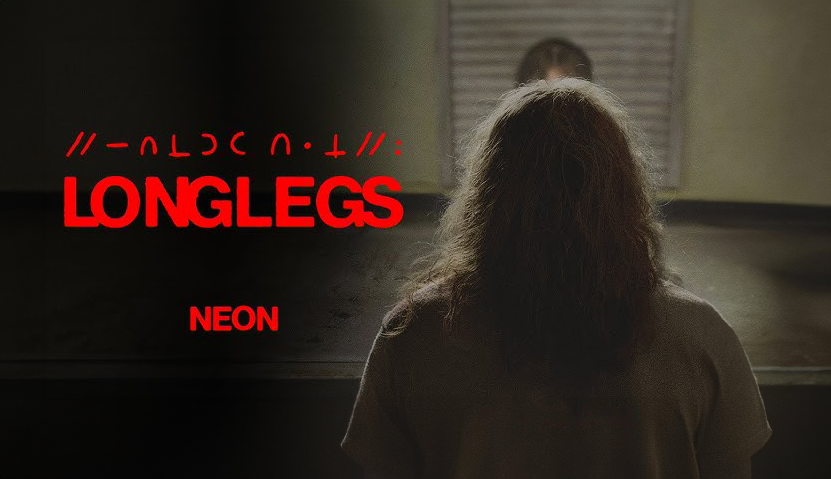
Neon Films released an Insta-teaser for their horror film Longlegs today. Titled Dirty: Part 2, the clip only furthers the mystery of what we are in for when this movie is finally released on July 12.
The official logline is: FBI Agent Lee Harker is assigned to an unsolved serial killer case that takes unexpected turns, revealing evidence of the occult. Harker discovers a personal connection to the killer and must stop him before he strikes again.
Directed by former actor Oz Perkins who also gave us The Blackcoat’s Daughter and Gretel & Hansel, Longlegs is already creating buzz with its moody images and cryptic hints. The film is rated R for bloody violence, and disturbing images.
Longlegs stars Nicolas Cage, Maika Monroe, and Alicia Witt.
'Civil War' Review: Is It Worth Watching?
Follow our new YouTube channel "Mysteries and Movies" here.
News
Exclusive Sneak Peek: Eli Roth and Crypt TV’s VR Series ‘The Faceless Lady’ Episode Five
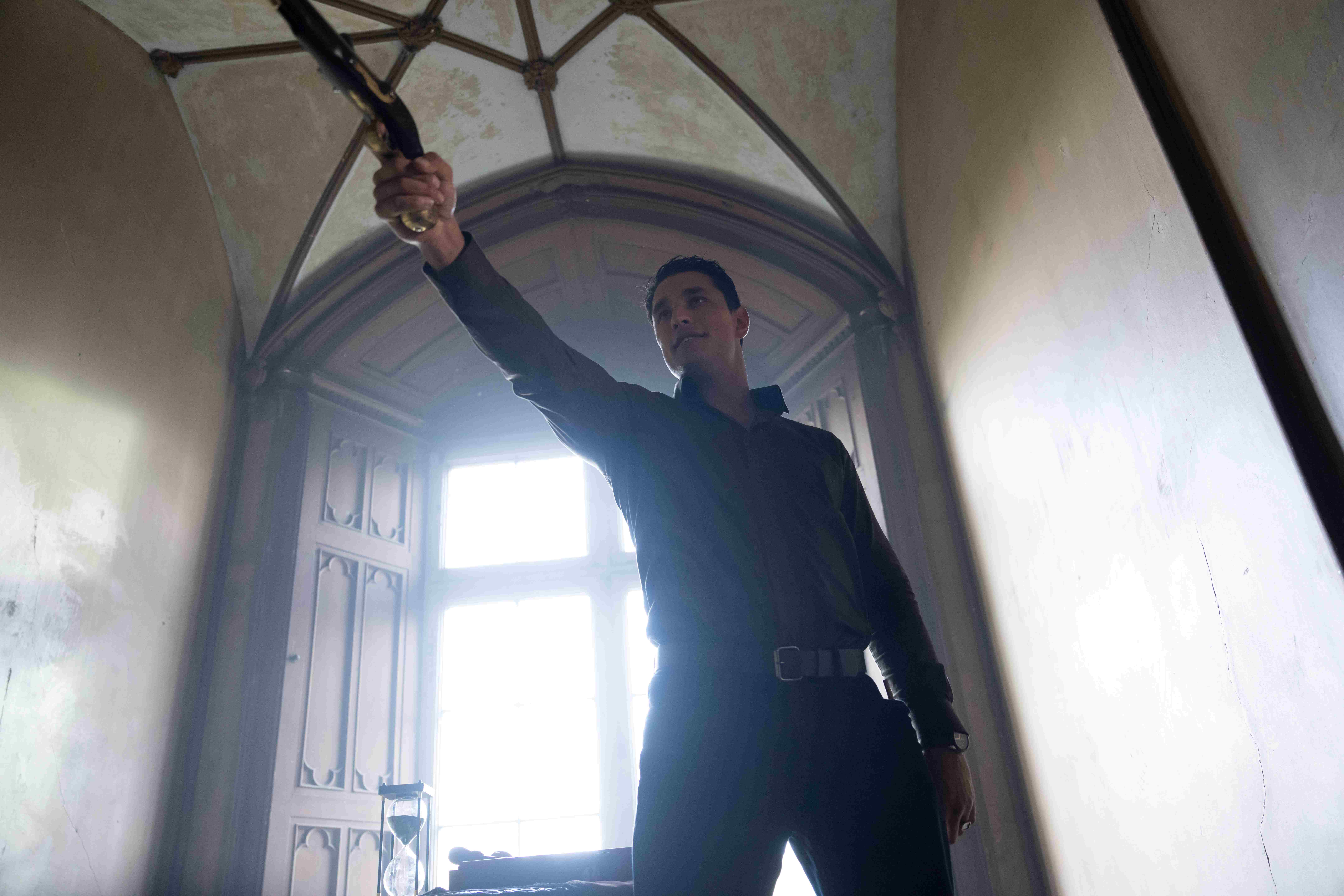
Eli Roth (Cabin Fever) and Crypt TV are knocking it out of the park with their new VR show, The Faceless Lady. For those unaware, this is the first fully scripted VR horror show on the market.
Even for masters of horror like Eli Roth and Crypt TV, this is a monumental undertaking. However, if I trust anyone to change the way that we experience horror, it would be these two legends.

Ripped from the pages of Irish folklore, The Faceless Lady tells the story of a tragic spirit cursed to wander the halls of her castle for all of eternity. However, when three young couples are invited to the castle for a series of games, their fates may soon change.
So far, the story has provided horror fans with a gripping game of life or death that doesn’t look as if it will slow down in episode five. Luckily, we have an exclusive clip that may be able to satiate your appetites until the new premiere.
Airing on 4/25 at 5pmPT/8pmET, episode five follows our final three contestants in this wicked game. As the stakes are raised ever higher, will Ella be able to fully awaken her connection with Lady Margaret?
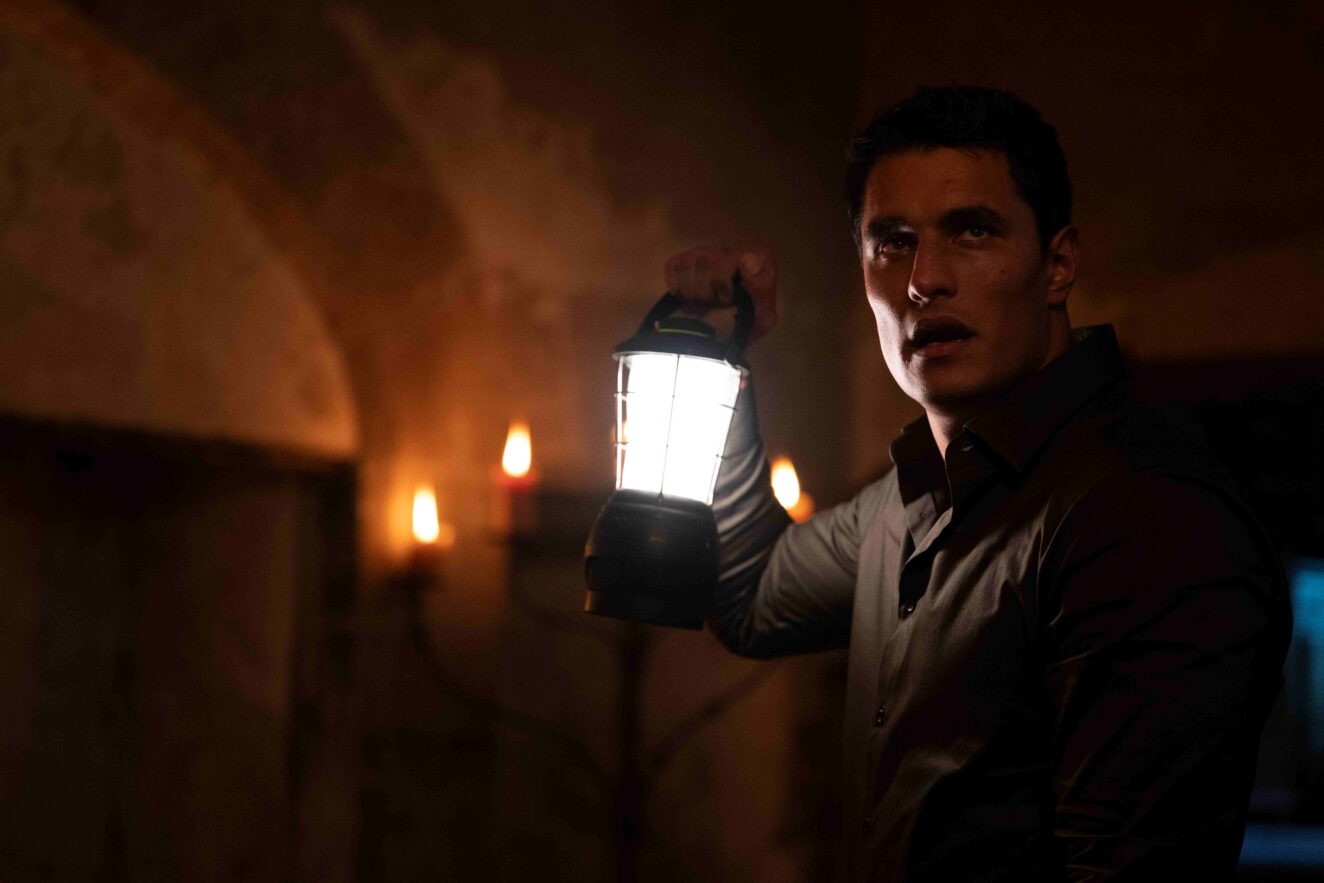
The newest episode can be found on Meta Quest TV. If you haven’t already, follow this link to subscribe to the series. Make sure to check out the new clip below.
Eli Roth Present’s THE FACELESS LADY S1E5 Clip: THE DUEL – YouTube
'Civil War' Review: Is It Worth Watching?
Follow our new YouTube channel "Mysteries and Movies" here.
-

 News7 days ago
News7 days agoWoman Brings Corpse Into Bank To Sign Loan Papers
-

 News5 days ago
News5 days agoBrad Dourif Says He’s Retiring Except For One Important Role
-

 Strange and Unusual6 days ago
Strange and Unusual6 days agoMan Arrested for Allegedly Taking a Severed Leg From Crash Site And Eating It
-

 Movies7 days ago
Movies7 days agoPart Concert, Part Horror Movie M. Night Shyamalan’s ‘Trap’ Trailer Released
-

 Movies6 days ago
Movies6 days agoAnother Creepy Spider Movie Hits Shudder This Month
-
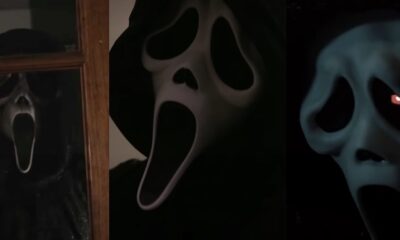
 Editorial6 days ago
Editorial6 days ago7 Great ‘Scream’ Fan Films & Shorts Worth a Watch
-
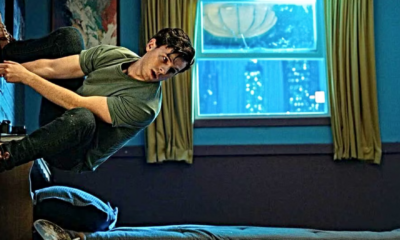
 Movies4 days ago
Movies4 days agoSpider-Man With a Cronenberg Twist in This Fan-Made Short
-

 News4 days ago
News4 days agoOriginal Blair Witch Cast Ask Lionsgate for Retroactive Residuals in Light of New Film




















You must be logged in to post a comment Login